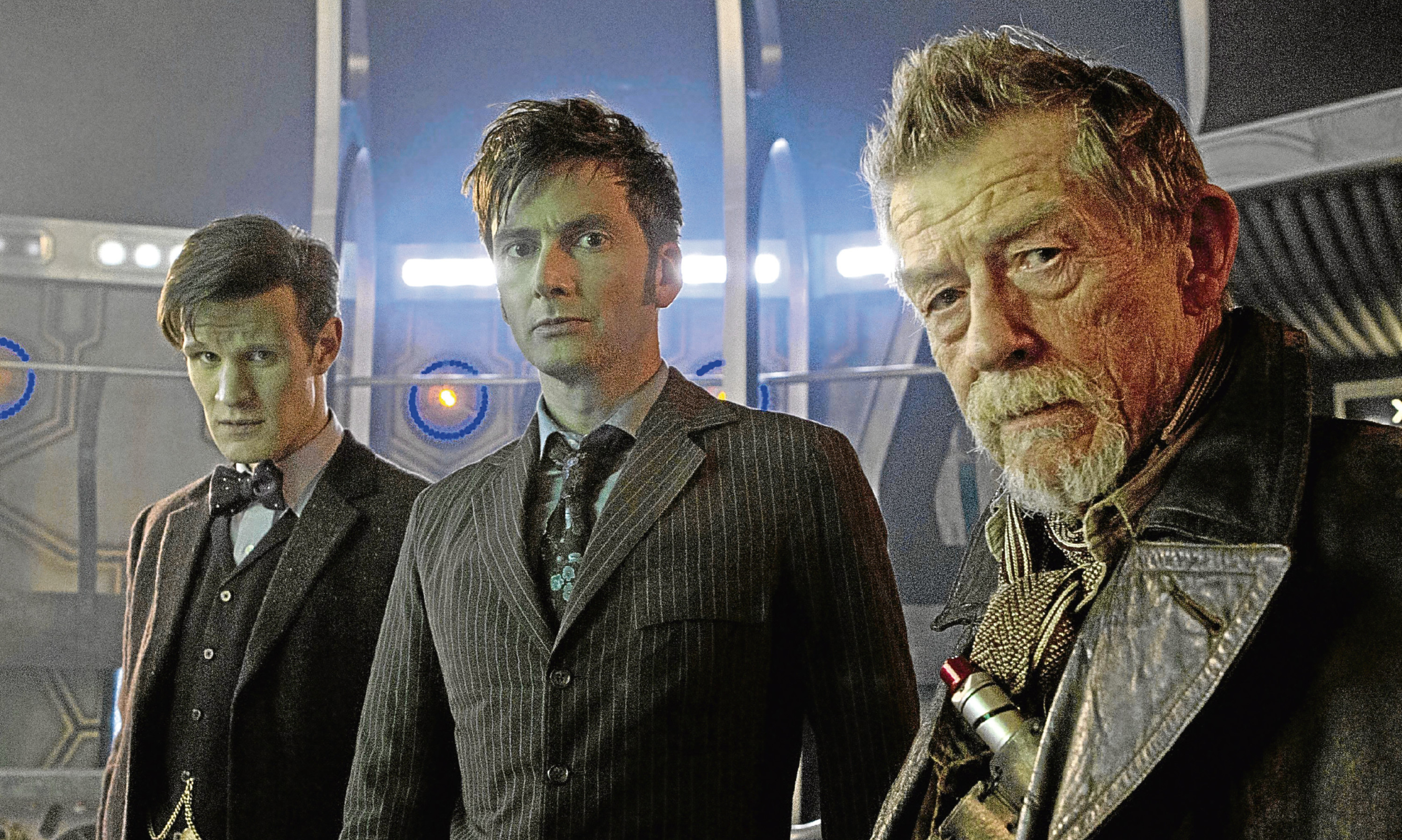There’s a new Doctor due for Doctor Who and it’s time for him to become a her.
With the announcement last week that Peter Capaldi, my favourite Doctor since Tom Baker, is to leave the BBC show, the speculation about his successor began.
Billie Piper, who played Rose Tyler when the show relaunched in 2005, led the way with a demand that a woman be cast as the next incarnation of the regenerating Time Lord. I’m in.
What’s not discussed too openly is that we’ve had a woman in the role before. Brace yourselves and reverse the polarity of the neutron flow: I’m going full geek now.
Capaldi is cited as the 12th Doctor. That’s not fully accurate, because the numbering excludes the sadly-missed John Hurt, who was retroactively inserted into continuity between Docs Eight and Nine as the War Doctor.
The character said he wasn’t a proper Doctor because he was violent but shut up shut up.
Meanwhile, we have slightly-less-canon incarnations, like Peter Cushing’s (actually referred to by name as Doctor Who) in two 1960s films.
But I’m focused on a real BBC TV episode of Doctor Who, made for Red Nose Day in 1999. Yes, it was a spoof and I’m therefore cheating but look at the cast. Rowan Atkinson was the Doctor, regenerating into Richard E. Grant, Jim Broadbent, Hugh Grant and finally… Joanna Lumley – and she was great.
We know from the 2013 webisode The Night of the Doctor, starring Paul McGann, that a Time Lord can regenerate as a woman.
And it’s 2017. The world is going to hell. There is screaming, division and nastiness and a need for positive change.
If ever there was a time for the BBC to make a statement about equality, about how women can lead an exciting adventure just as well as men, it’s now.
